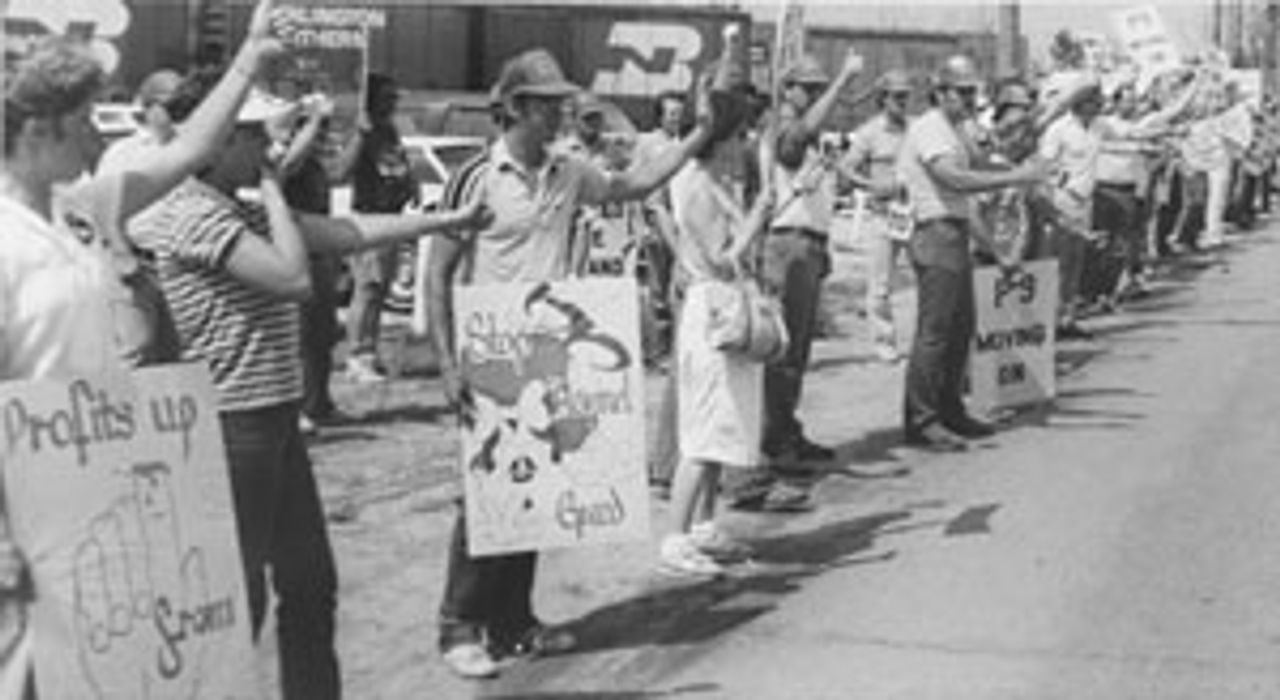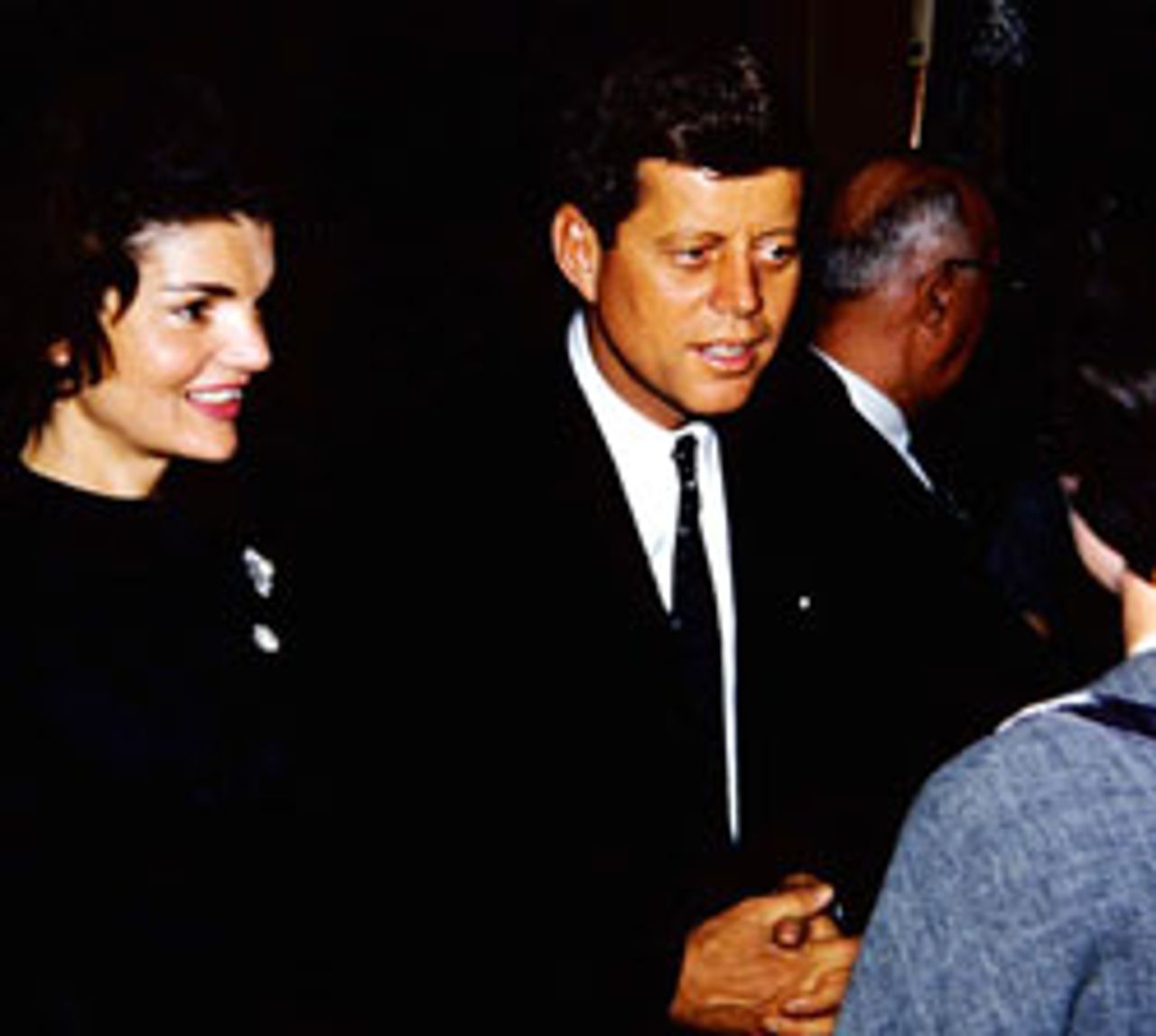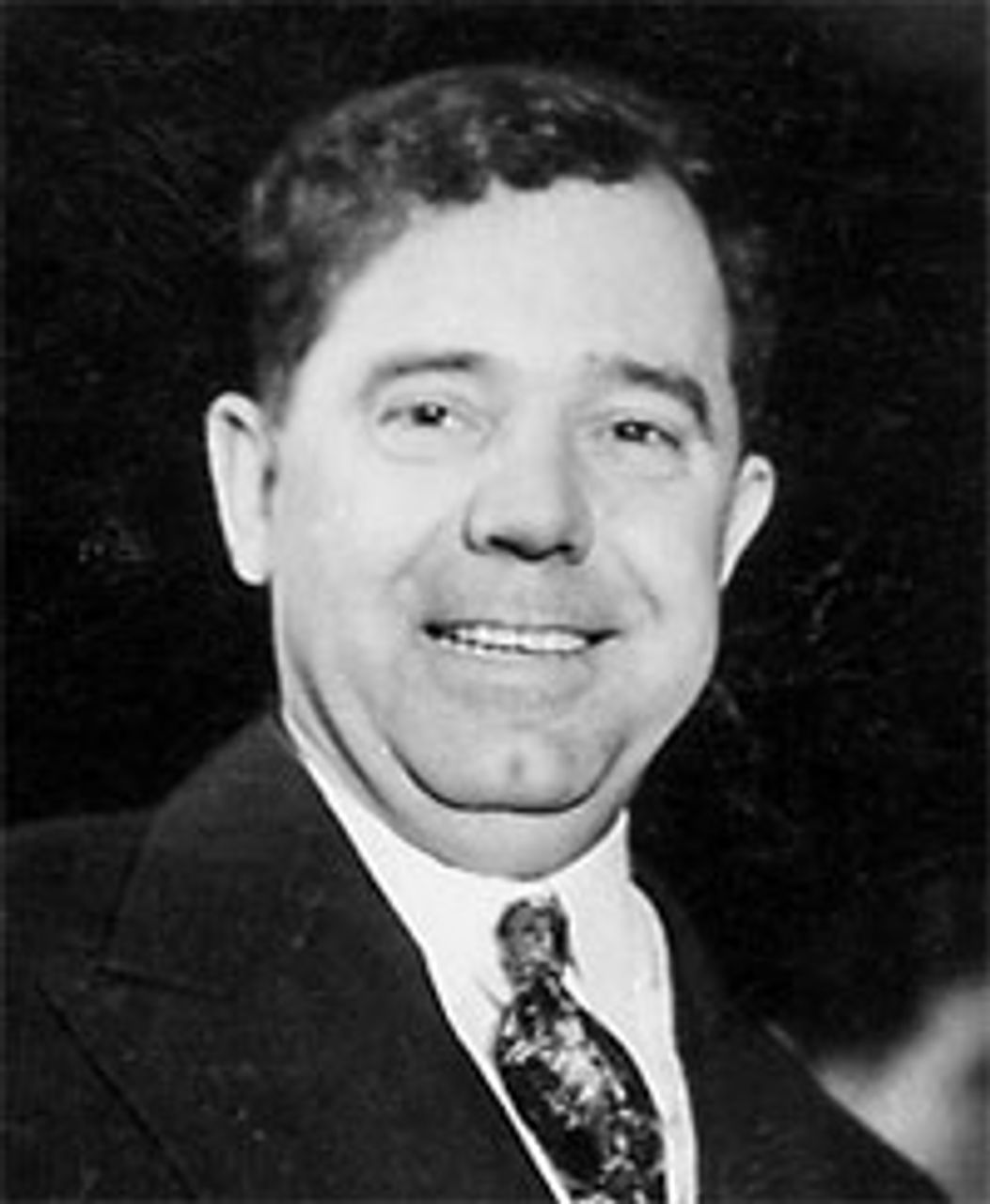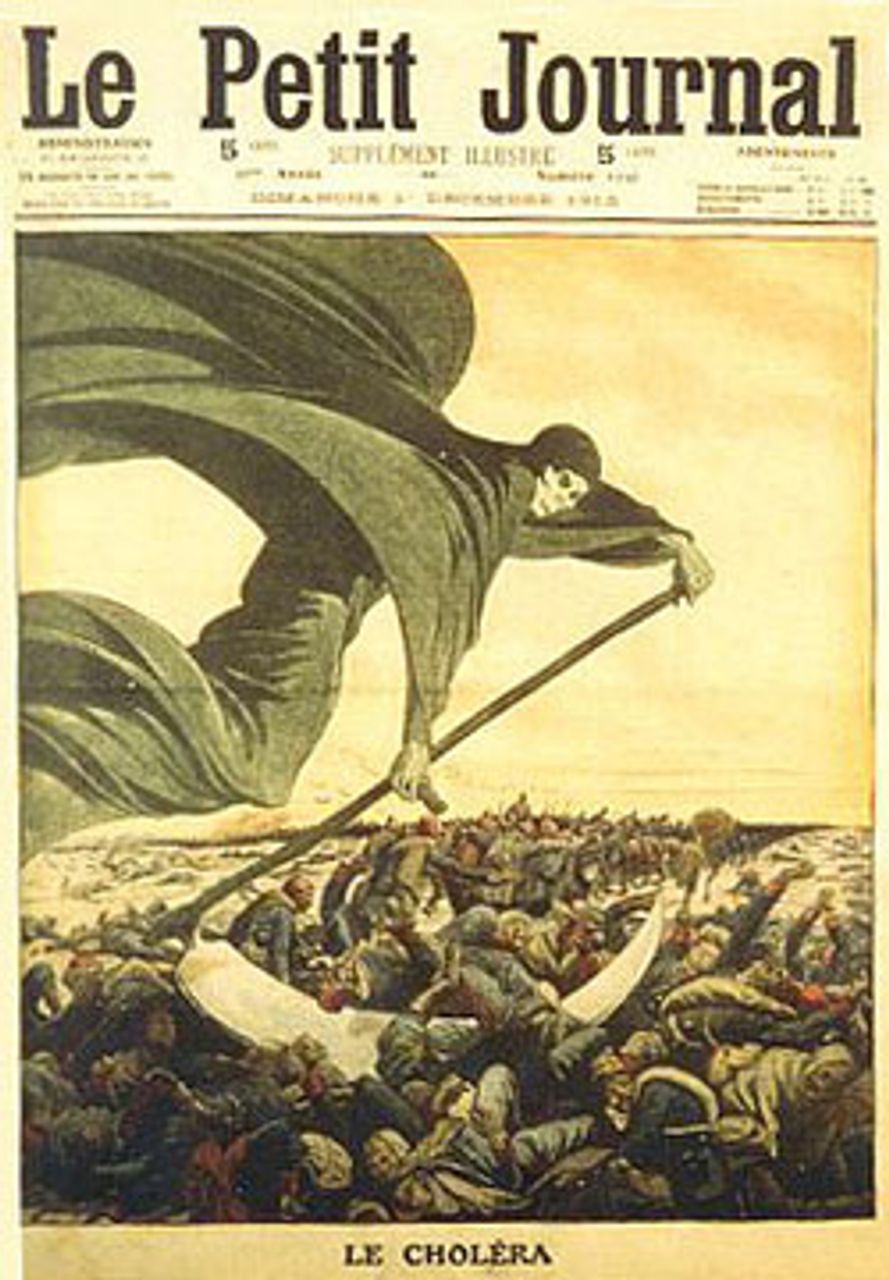This Week in History provides brief synopses of important historical events whose anniversaries fall this week.
25 Years Ago | 50 Years Ago | 75 Years Ago | 100 Years Ago
25 years ago: Strikes against wage cuts, union-busting erupt across the US
 Hormel strikers In Austin, Minnesota
Hormel strikers In Austin, MinnesotaStrikes across the US this week in 1985 highlighted the determined struggle of workers to fight off a wave of union-busting and wage-cutting that had been set into motion four years earlier with the Reagan administration’s crushing—with the complicity of the AFL-CIO—of the PATCO air traffic controllers strike.
Strikes gripped many industries, cities and states. Over 5,000 steel workers in Pittsburgh remained on strike, 52 days after a bankruptcy judge gave their employer, Wheeling-Pittsburgh Steel, the right to unilaterally slash wages.
In the meatpacking industry, workers in Minnesota, Michigan and South Dakota were on strike.
Newspaper workers were on strike in Chicago against the Tribune and in Philadelphia against the Inquirer and the Daily News.
In the auto industry, 5,200 workers were on strike at the Lorain Ford plant in Ohio.
Thousands of teachers remained on strike in Rhode Island and Michigan after the conclusion September 5 of a strike of 28,000 Chicago public school teachers.
The struggles were typified by the militancy and solidarity of workers. Most notably, meatpackers in Austin, Minnesota defied corporate owner Hormel and their own parent union, dispatching flying pickets to packing plants throughout the Midwest. General Dynamics workers in Lima, Ohio staged a wildcat strike in opposition to a tentative agreement worked out between the United Auto Workers (UAW) and the defense contractor.
But the tenacity of the workers was not by itself sufficient to overcome the collusion of the corporations with the government and their own trade union leaders, the latter playing the key role in suffocating strike after strike.
Whether or not workers found themselves in open conflict with their own trade union, as was the case with Hormel, their struggles were isolated and choked off. The critical question—the necessity of mounting a broadly coordinated struggle based on an independent working class political perspective—was blocked by the unions, which attempted to channel worker discontent behind the Democratic Party.
50 years ago: Kennedy addresses Catholicism and the separation of church and state
 Kennedy campaigning for the 1960
Kennedy campaigning for the 1960presidential election
John F. Kennedy, the Democratic nominee for the presidential election of 1960, sought to defuse the “religion issue” in a speech delivered to a group of protestant religious leaders in Houston, Texas, on September 12. Kennedy would be the first and only Roman Catholic president in US history.
By emphasizing the separation of church and state, Kennedy spoke in terms that would become, decades later, beyond the pale in official US political discourse, where religiosity and every manner of personal identity emerged as primary subjects of media focus in elections.
“I believe in an America where the separation of church and state is absolute,” Kennedy said. “[W]here no Catholic prelate would tell the president—should he be Catholic—how to act, and no Protestant minister would tell his parishioners for whom to vote; where no church or church school is granted any public funds or political preference… where no religious body seeks to impose its will directly or indirectly upon the general populace or the public acts of its officials.
“I am the Democratic Party’s candidate for president, who happens also to be a Catholic. I do not speak for my church on public matters; and the church does not speak for me. Whatever issue may come before me as president, if I should be elected, on birth control, divorce, censorship, gambling or any other subject, I will make my decision in accordance with these views.”
Speaking the language of Cold War liberalism, Kennedy decried the injection of religion into politics as a distraction from “far more critical issues,” among which he placed in first position “the spread of Communist influence.”
75 years ago: Huey Long assassinated
 Huey Long
Huey LongOn September 8, 1935, Huey Long was assassinated in the Capitol Building of Baton Rouge, Louisiana. Long, the populist demagogue who dominated Louisiana politics from the late 1920s until his death, was shot by local physician Carl Weiss. Long succumbed to his wounds two days later, on September 10. Weiss was himself killed when Long’s bodyguards returned fire, striking the doctor more than 30 times.
As governor of Louisiana from 1928 to 1932, Long carried out certain populist reform measures that made enemies among the state’s corporate elite and its “Old Regular” politicians. In particular, Long was an avowed enemy of Standard Oil, which he denounced for its domination of the state. During his time as governor, Long consolidated an enormous amount of power under his executive office, earning himself the nickname of “Kingfish.”
Long was elected to the US Senate in 1932, and in 1934 initiated the “Share Our Wealth” movement to promote a series of social reforms, including significant limitations on the accumulation of personal wealth. Once a supporter of Franklin Roosevelt and the “New Deal,” Long had by this time broken with the president, calling his New Deal reforms inadequate. To promote his alternative reform program, Long created a Share Our Wealth Society, which claimed 7.5 million members in 27,000 clubs across the US by 1935.
While many of Long’s proposals had a left-wing character, he responded sharply to those who denounced his program as socialist, saying, “This plan is the only defense this country’s got against communism.”
Far from socialist, Long’s programs sought to prevent mass anger over the Great Depression from assuming a revolutionary character. By 1934, Long was himself an ally of fascistic demagogues like Father Coughlin and Gerald L.K. Smith, who would take over administration of the Share Our Wealth Society following Long’s assassination.
100 years ago: Russian cholera death toll passes 77,000
 Fear of cholera, depicted in a 19th
Fear of cholera, depicted in a 19thcentury French publication
Czarist Russia’s Sanitary Bureau reported this week in 1910 that more than 77,000 Russians had died in a seasonal cholera outbreak out of a total of 170,000 diagnosed cases, with the death toll still rising. The week of August 28 to September 3 had seen 4,400 deaths out of just under 10,000 new cases.
Cholera is a disease associated with poverty and especially with the absence of sewage and water treatment. Its bacteria are spread via the consumption of feces-tainted water. In Russia, the greatest devastation in the 1910 outbreak was suffered by regional industrial cities and villages.
The situation in the villages was inflamed by anti-Semitism promoted by the Black Hundreds, who circulated the rumor that the disease had been introduced by Jewish doctors and socialists. In some villages, doctors and nurses were attacked or otherwise chased out.
Leon Trotsky later recalled, “The Black Hundreds, our specific Russian reactionaries, accused us of spreading the germs of cholera. There were pogroms against the doctors, the students, the radical intelligentsia and Jews, as a vengeance for spreading cholera. It was the measure of the reaction to reject the responsibility about sanitary conditions and to place it on the radical elements.”
The outbreak in Russia was part of the sixth global cholera pandemic to take place over the previous century. Western Europe, which had been ravaged by the previous five cholera pandemics, was largely spared—a testament to advances in infrastructure and public health—excepting minor outbreaks in southern Italy. All told, Russia lost about a half million people to cholera in the first quarter of the last century.
